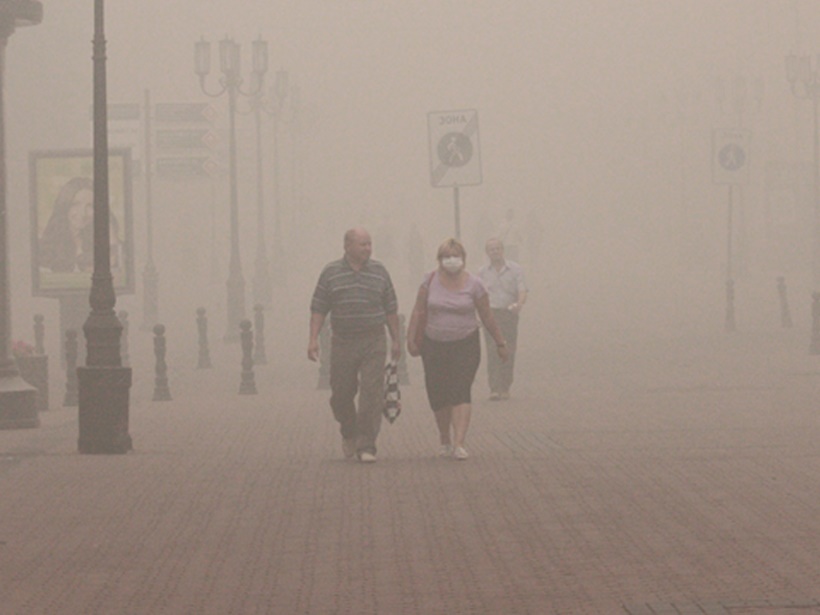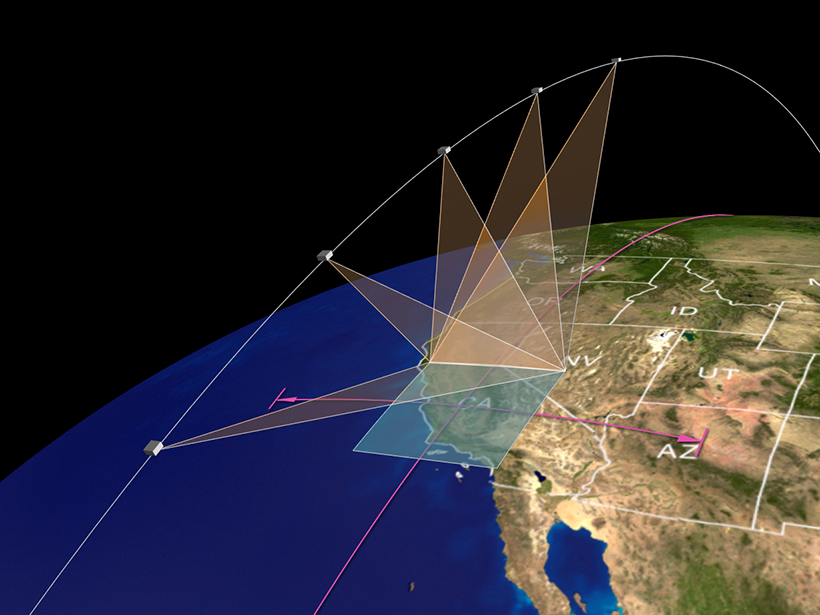A new development blends riverside nature with commercial construction.
Health & Ecosystems
Podcast: Standing Up for Science During an Epidemic
A virologist overcame smears and adversity to stand up for science.
Establishing a Link Between Air Pollution and Dementia
A new study examines the relationship between fine particulate matter (PM2.5) and dementia, finding that air pollution may be responsible for up to 2 million dementia cases each year.
Does Bad Air Cause Lung Cancer?
Papers are welcomed for a new cross-journal special collection exploring the links between air quality and lung cancer.
Health Costs from Climate Soar To $820 Billion
Climate change and fossil fuel use are responsible for hiking up the price of health care beyond what the U.S. spends on defense.
Integrating Data to Find Links Between Environment and Health
Several obstacles stand in the way of integrating social, health, and Earth science data for vital geohealth studies, but there are tools and opportunities to overcome these obstacles.
Cheap Sensors Provide Missing Air Quality Data in African Cities
Calibrated low-cost sensors in Kinshasa and Brazzaville provide new information on pollution and help scientists model a way to improve access to air quality data.
Improving Air Quality in China’s Greater Bay Area
New simulations show how reducing residential and agricultural pollution outside the Greater Bay Area could improve public health inside this megalopolis and across China.
Using Satellite Data to Map Air Pollution and Improve Health
NASA scientists will be teaming up with epidemiologists in the agency’s first health-focused mission. With satellite data, they’ll find out how air pollution affects health in cities around the world.










